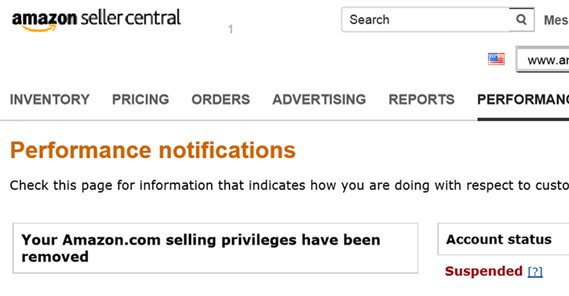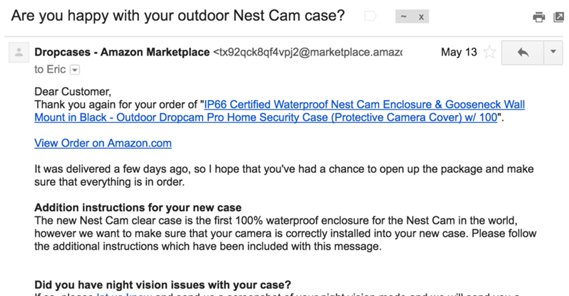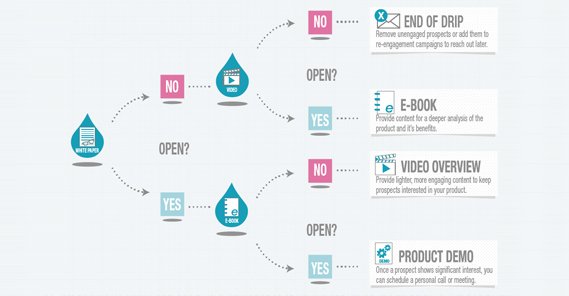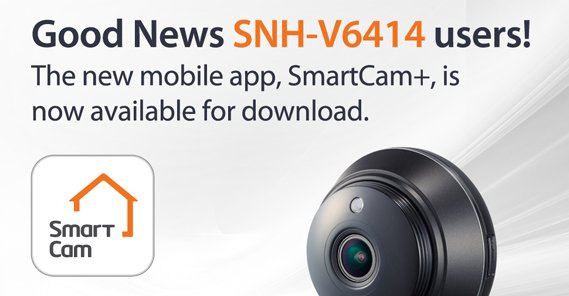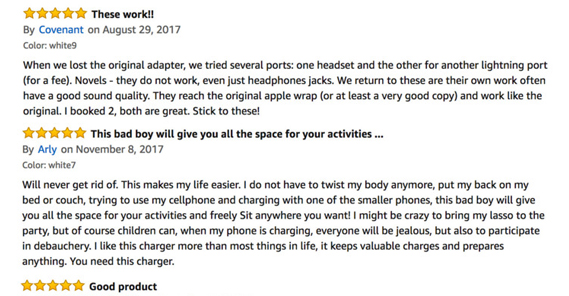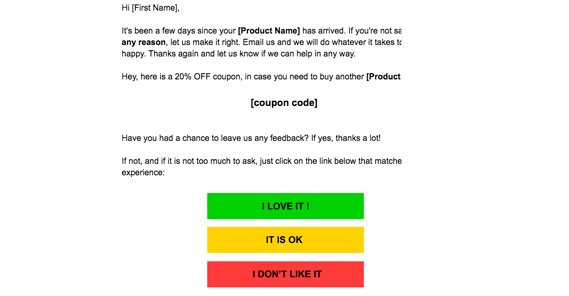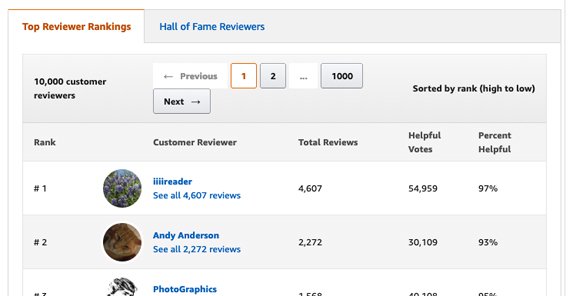10 Ways to Solicit Amazon Customers for 5 Star Reviews

As we all know, getting reviews on Amazon is crucial to having a product that sells well. Users often look to reviews to see how they should feel about a product, or how much they should trust it. People tend to buy products with not just positive reviews, but a larger number of positive reviews, even if there are a few negatives mixed in.
At the same time, users are fairly stingy with leaving reviews. It’s difficult to get even 1% of your customers to leave a review, and the most motivated to do so are the people who don’t like your products.
What you need to do is solicit reviews from the people most pleased with your product. How, though, can you do so? Amazon has rules about review solicitation, so here are a handful of techniques you can use that play by those rules, or skirt them a little.
What Not To Do
Before we dig into techniques you can use to get more reviews, let’s first talk about techniques you should avoid. Remember, Amazon has no qualms about banning a seller for breaking the rules.
You’re one of millions to them, and you’re entirely expendable.
- Don’t leave reviews for your own products.
- Don’t buy fake reviews from a review service.
- Don’t pay for reviews in any way, including bonus products or gift cards.
- Don’t offer special deals or promotions to qualified reviewers.
Remember that if a review is removed, the user who submitted the review will not be able to leave a new one on your product. Only one customer in a given household can review a product: one product for a house of four does not mean four eligible reviews.
Now let’s dig into some valid techniques you might use to solicit reviews.
1. Use the Seller Messaging System
When you send out a product to someone who ordered it, you will be able to message them through the Amazon seller messaging system. There are a number of ways you can use this, but one I’ve seen quite often is a simple review solicitation.
- Hello <Customer>. Thank you for your recent purchase from our store. If it’s not too much trouble, we’d love to hear what you think of the item you received. Just click here to leave a review!
It doesn’t take much to solicit a review, you just have to be careful not to ask specifically for positive reviews. Any mention of “leave us a good review” can get you penalized.
My top tip is to figure out the average amount of time between shipping a product and the user actually using it. Waiting until the user is more likely to have used the product is a good way to ensure a higher review rate from your messages.
2. Filter for Positive Reviews Organically
You can’t solicit for positive reviews directly, but what you CAN do is solicit for contact from those who aren’t satisfied. For example, you can send out a message with phrasing sort of like this:
- Hello <Customer>. We greatly appreciate your order of our product, and we’d love to hear what you think. If you’ve experienced any trouble with the product or need assistance with getting it set up, please send us a message <contact link.> We’d love if you could leave us a review; all feedback is welcome! Your feedback helps us know what’s working and what isn’t, so if you can take a minute or two to let us know about your experiences, that would be great!
You’ll notice the very careful lack of specific solicitation of reviews from satisfied customers. However, by including the “if you’re disappointed, click here” message first, the only people who keep reading are the ones who aren’t having issues, thus self-selecting for satisfied users.
3. Use a Drip Campaign for Reviews
I’ve had a few Amazon sellers set up a sort of drip campaign prior to soliciting a review. This can be excellent if your product has some complex details or common misperceptions about it.
For example, I ordered a UV Flashlight from Amazon, and the sellers send three sequential messages.
- The first included a detailed FAQ about safety notices for the UV light, tips for battery usage, usage tips for the light itself, and some nerdy statistics about the hardware. This message arrived immediately upon ordering, to lay the groundwork for the device.
- The second was timed to arrive just after the product arrived, and included a link to get support for shipping from Amazon if there were issues. It also included some usage tips for the light, like how to spot – and then clean up – pet urine stains.
- The third explained their warranty, included instructions on how to file a claim, and then solicited a review. It even provided a few sample questions you can answer in a review.
This kind of drip campaign helps make sure customers who ordered the product are using it properly, and helps get dissatisfied users to self-filter before soliciting a review. It’s quite clever.
4. Provide Helpful Accessories Free
Now, I don’t mean “file a review and get X accessory” here. I ordered a USB Bluetooth adapter, and the seller sent out an email that included download links for the driver software, in case the packaged CD didn’t work for some reason. This ensures that their customers can use the device, and can leave a review once they have it up and running.
The best part of this is they’re proactive about it. They know their drivers might not be available to everyone right away, and they acknowledge the several different versions of Windows users might be running, so they have several different options.
5. Stagger Solicitations
If you get a lot of reviews in a short amount of time, it’s possible that Amazon will view it as fraudulent. After all, that’s the sort of pattern that occurs when a user buys a bulk package of reviews. It’s also the usage pattern for cases where a seasonal spike means you go from 5 sales a week to 50. The spike in reviews can be dangerous.
Instead of timing all of your review solicitation messages a set time after the purchase, stagger them out. Send them out in waves, so the reviews come back in similar waves, spaced out to not look fraudulent.
This isn’t generally an issue, except when you’re first starting a review solicitation campaign or when you have dramatic spikes in sales. Spikes can be dangerous if you’re not careful, but most often I see this problem crop up when over-eager sellers send out their first solicitation campaign.
6. Offer Advance Copies or Review Copies
There’s an entire community of people who receive copies of products and review them. Amazon prohibits any compensation other than the item itself, but does not prohibit using that item as an incentive. “We will give you this product for free if you review it for us” is perfectly legitimate.
You simply need to find the people who are willing to make this deal, and those people have to disclose in their review that they received the product for free in exchange for an honest review. I recommend checking Facebook groups and specific review-based communities around the web.
7. Solicit Amazon Reviews from Non-Amazon Customers
Nothing prevents a customer from leaving a review on Amazon for a product they bought elsewhere. When you sell products through your own website or another storefront, send out a message to those users. Acknowledge that they didn’t make their purchase through Amazon, but ask them to leave a review on Amazon nevertheless.
You can do this by sending a review solicitation out via email to your customers, the same way you do with your Amazon customers. Simply ask them to leave you a review with a link to your Amazon storefront. The difference is, with your own store customers, you can be a lot more direct asking for reviews. Amazon doesn’t monitor these conversations, since they aren’t on the Amazon platform.
Alternatively, you may consider soliciting those reviews for your own storefront. Good customer testimonials can be very useful for your sales pages, after all. It’s difficult to ask for both, though, so consider carefully which you would prefer.
8. Include a Product Insert
A simple insert in the packaging of your product is a good way to solicit reviews on top of other means of communication. It’s guaranteed to arrive at the same time as the product, so you don’t run into issues with a solicitation arriving before the product. You can include whatever information makes the most sense; instructions, tutorials, links to useful further reading, and so on. Just make sure to include a solicitation for a review.
I recommend testing a few different styles. A minimalistic style just soliciting a review might work better than a packet that offers information as well as asking for a review. It’s hard to split test this, since it’s difficult to track, but you can at least send out one type for a few weeks and another type for the next few weeks.
I highly recommend hiring a professional designer and/or printing company to handle your inserts. A nicely designed card with a graphical element looks and feels a lot better than something quickly dashed off on a home printer on standard printer paper and clipped up for the package. It’s up to you, of course, but I find a professional feel works a lot better.
9. Include Documentation
One technique that is becoming increasingly common is including a free eBook along with each purchase. If you’re selling a cooking tool, create an ebook with tutorials for using it, recipes that make use of it, care instructions, and of course a review solicitation. You don’t need to host or sell this ebook on Amazon; it can be available on your website instead.
The key to this is to not mention it until the user has already made a purchase. The unexpected value is an emotional jolt that makes the user feel like they “won” somehow, even if every order gets a copy of the book.
I find it to be very worthwhile to hire a couple of freelancers to create this book. Hire a writer to write it – aim for something of decent size, maybe 10-15 pages in a magazine-style format – and hire a graphic designer or photographer to provide illustrations for it. A cookbook can have some good food photos to adorn each recipe, a product guide can have technical and usage illustrations, you name it.
10. Fish for Top Reviewers
Amazon maintains a list of the top reviewers on the platform. These are people who leave reviews very frequently – often with hundreds or thousands of reviews under their belts – and who have extremely high rates of “helpful” votes. You can see the lists here.
Go fishing! Look through these reviewers and look for ones that review the kinds of products you sell. Many top reviewers include contact information in their profiles, which allows you to reach out to them. Offer them a product to review; many will take you up on it. Top reviewers have a lot of trust within the Amazon review system, and their reviews are never flagged as fraudulent. They’re almost always going to be worthwhile unless the product you send them is somehow inferior.
What are your favorite ways to get reviews on Amazon without breaking the terms of service? I’d like to hear if you have any tips or tricks I didn’t cover. Let me know in the comments below!
 ContentPowered.com
ContentPowered.com
